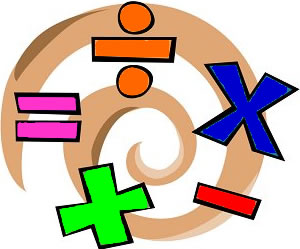Jablon, J.R. & Wilkinson, M. (2006). Using Engagement Strategies to Facilitate Children’s Learning and Success. Young Children, 61 (2), 12
This article discusses the importance of using a wide range of strategies to engage students in the classroom. The emphasis in not only on using different strategies but also on facilitating their implementation. In order to capture the interest of students, teachers need to use effective engagement techniques so that children learn the concepts and skills that are necessary for success in school. In addition to listing some great strategies such as KWL, think-pair-share, and “how many ways can you do this?”, the article also includes important techniques to use to facilitate engagement strategies. Above all, it is extremely important for teachers to create a learning community and foster positive relationships in the classroom. This article is a great resource for me because along with other articles related to my inquiry, this one too supports the finding that there is a significant correlation between high levels of engagement and improved attendance and achievement. If I can successfully engage students in my practicum classroom, not only will it make my teaching easier but it will also allow them to learn important skills and be better prepared for the future.





